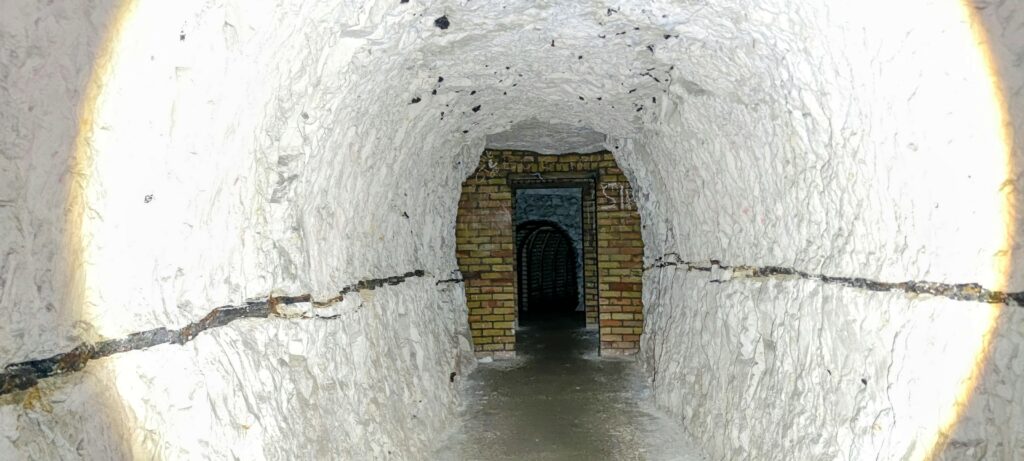Abandoned Kent: Fan Bay Deep Shelter, Dover

Dover has a rich history and is riddled with tunnels, shelters and bunkers. With the famous White Cliffs looming over the channel, just 20 miles away from the French coast, the area was a hive of activity in WWII. The Fan Bay battery was built atop the cliff of Fan Hole in 1940. It was one of three batteries built at the time to target enemy shipping in the English Channel.




The deep shelter was constructed to provide shelter for the gunners manning the battery in the event of enemy raids, and offered sleeping quarters for off-duty soldiers. The shelter was well protected, lying 23m beneath the surface, accessed by three flights of concrete steps. It was dug out by the Royal Engineers, with steel frames supporting the tunnels, lined with corrugated iron.
The tunnels were abandoned and access blocked after the war, and most of the surface buildings demolished. In 2012 the National Trust purchased the land and began restoring the tunnels, removing over 100 tonnes of rubble and restoring access. Today, the tunnels can be visited by booking onto a tour.
The shelter is in a relatively good condition, and the tour gives a good insight into conditions and the workings of the shelter. The tunnels are damp, which made living conditions tough. Highlights include fossils visible within the chalk, and an interesting story about the American space programme wanting to purchase the pre-war steel used in the structure due to it containing less radioactive particles. All steel produced after WWII is contaminated with radionuclides from atomic bombs, whereas “low-background steel” was made before or during WWII, and is essential for use in high-accuracy sensors, such as those required by NASA.



Last Updated on 19 May 2023 by Michael



